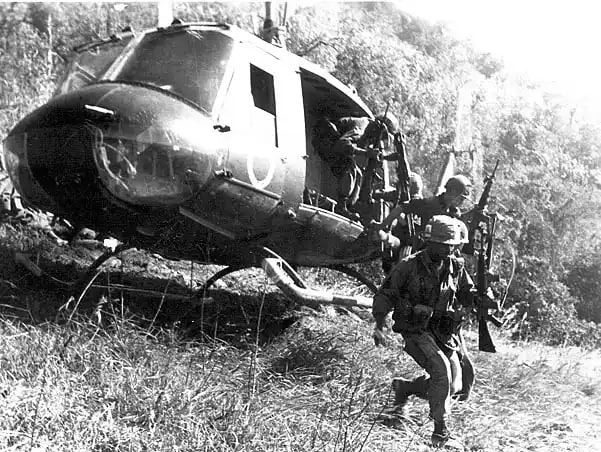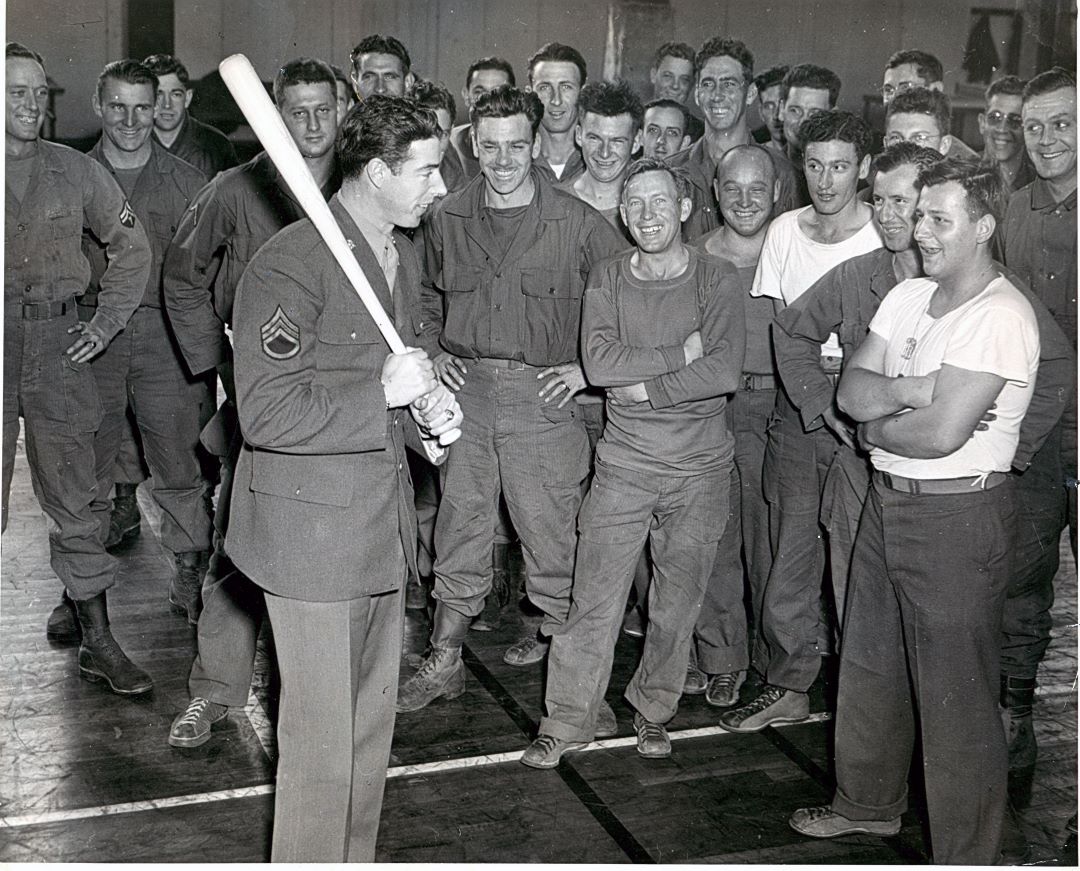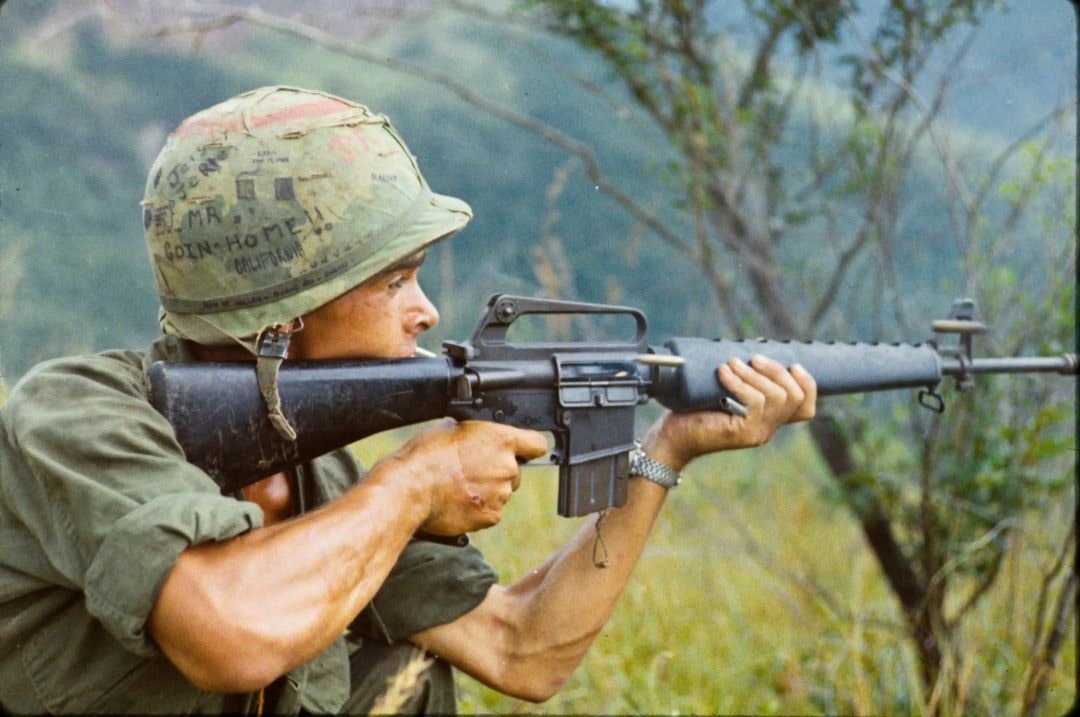END OF THE VIETNAM WAR 50TH ANNIVERSARY COMMEMORATION – M18A1 CLAYMORE ANTI-PERSONNEL MINE
The M18A1 Claymore was widely used by U.S. Army soldiers during the Vietnam War, where it proved brutally effective during intense close-quarters small-unit jungle combat.
#Armyhistory
The M18A1 Claymore was widely used by U.S. Army soldiers during the Vietnam War, where it proved brutally effective during intense close-quarters small-unit jungle combat.
#Armyhistory

The need for effective anti-personnel mines was first realized in the aftermath of the Korean War, where the enemy’s massive “human wave” infantry attacks revealed a need for compact, lightweight weapons that bridged the gap between hand grenades and indirect artillery fire.
The quest to fill this niche produced the M18A1 Claymore, a slightly convex rectangular anti-personnel mine consisting of 1.5 pounds of C4 explosives and 700 ball bearings, fired in a 60 degree arc with an effective range of between 50 – 100 yards.
#TRADOC #VietnamWar #USArmy
#TRADOC #VietnamWar #USArmy

In Vietnam’s dense jungle foliage, the “shotgun blast” produced by the M18A1 proved highly effective in chaotic close-quarters combat. The M18A1 remains in Army service, a testament to the mine’s timeless efficacy. 

Share your memories of the M18A1 in the replies!
#VietnamWarHistory #VietnamVeterans #MilitaryHistory #ClaymoreMine #Claymore @USArmy @TRADOC @FORSCOM @SecArmy @ArmyChiefStaff @USArmySMA
#VietnamWarHistory #VietnamVeterans #MilitaryHistory #ClaymoreMine #Claymore @USArmy @TRADOC @FORSCOM @SecArmy @ArmyChiefStaff @USArmySMA
• • •
Missing some Tweet in this thread? You can try to
force a refresh

 Read on Twitter
Read on Twitter



















